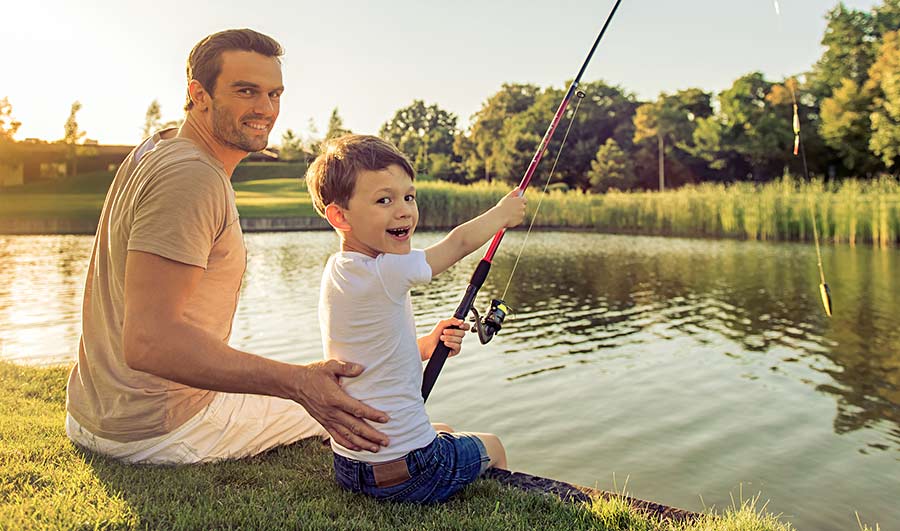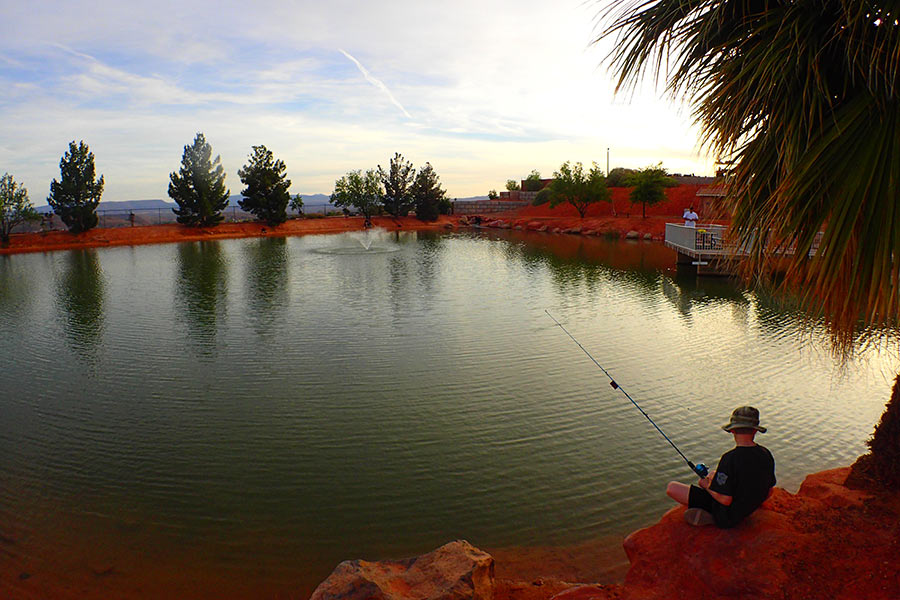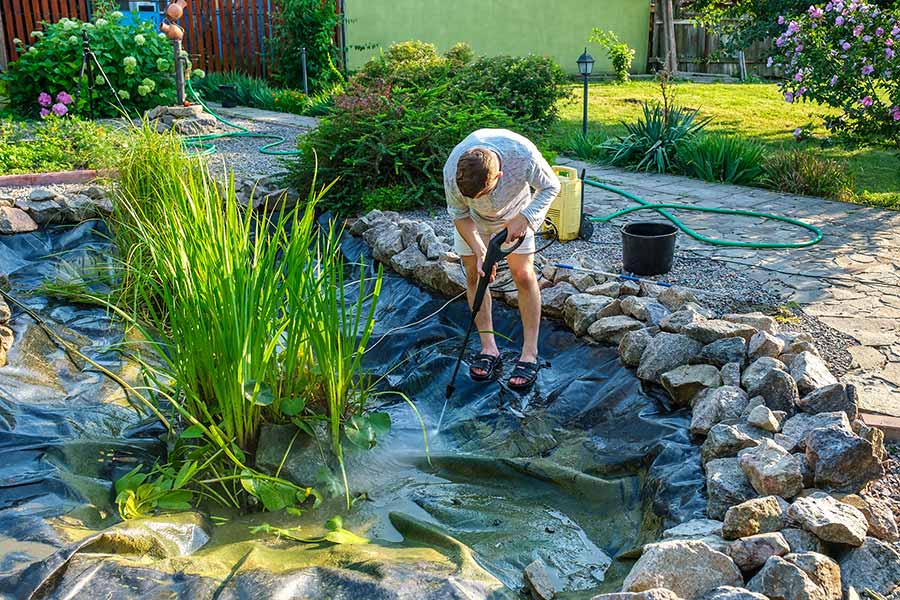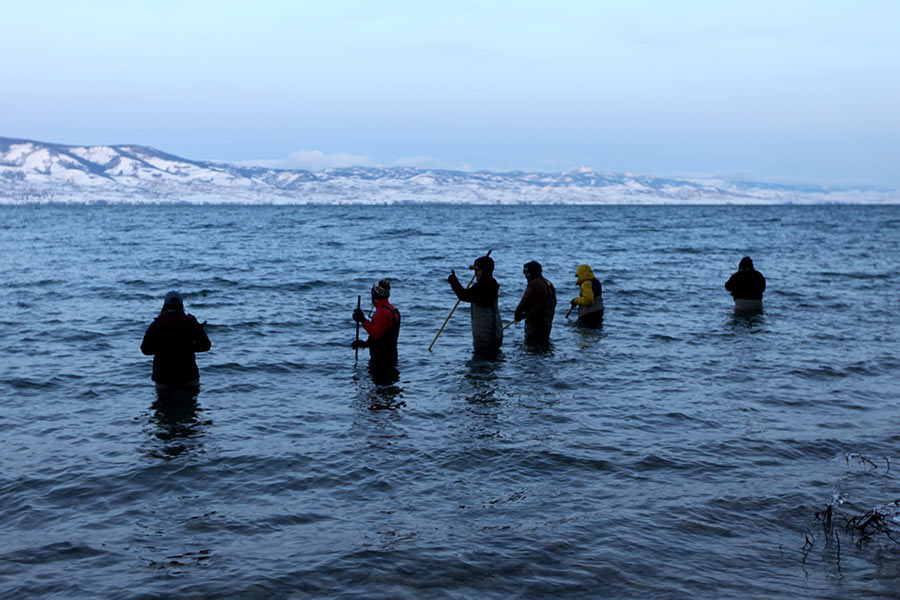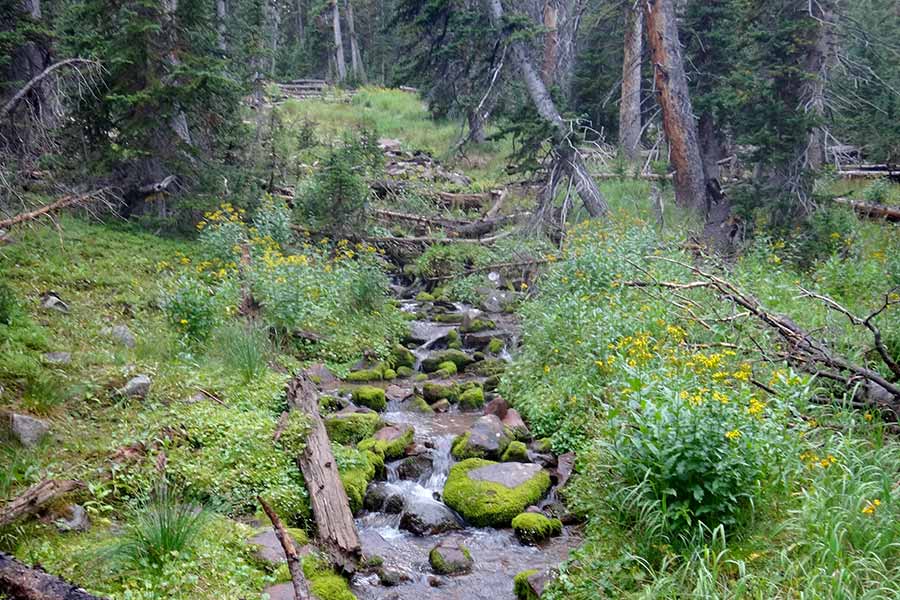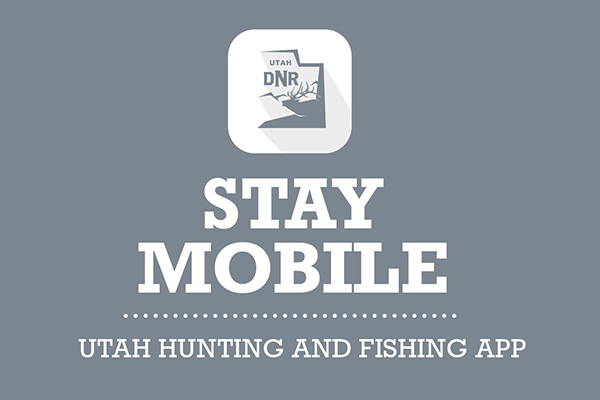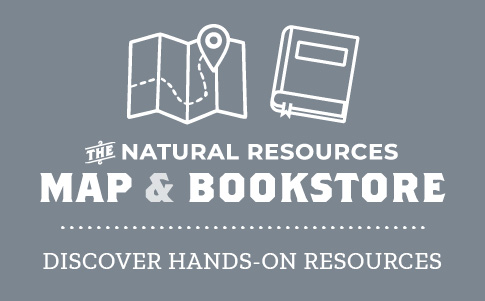Fish stocking on private property
Rules and requirements for private fish ponds, short-term fishing events, aquaponics facilities, educational aquaculture programs, and fish stocking in natural streams, lakes or reservoirs on natural stream channels
There are five situations where people purchase fish from a privately owned fish hatchery for stocking on private property:
- A private fish pond includes any pond or a fish culture system that is on private land and is used to hold or rear fish for a private, noncommercial purpose.
- Short-term fishing events are events where fish are stocked to provide a short-term fishing opportunity.
- Aquaponics facilities are tank systems that are used to raise both fish and plants for the purpose of producing food.
- Institutional aquaculture is the culture of fish in a school, college, university, educational program or public agency other than the Utah Division of Wildlife Resources.
- In addition, fish are stocked into reservoirs or natural waters such as lakes, flowing streams, or a waterbody on natural stream channels.
Why are there rules about fish stocking?
In Utah, there are rules and regulations about where you can stock fish, where you can obtain fish and which fish species are allowed for stocking. These rules are established by the state Legislature and the Utah Wildlife Board, and administered by the DWR.
Why are these rules important?
- Unregulated stocking could seriously harm wild fish populations in nearby rivers, streams and lakes. Stocked fish may compete with wild fish populations for food and habitat, or prey on wild fish.
- Unregulated private stocking can easily introduce nonnative species and devastating diseases into waterbodies and drainages.
- Introduced fish can negatively alter water quality, irrigation and water delivery systems.
- By working with landowners and event operators, we can ensure that we have responsibly raised, disease-free fish in Utah's waters, and can protect our fisheries throughout the state.
Scroll down to learn more about the different situations where fish are purchased for stocking on private property, requirements for stocking and determine if you will need a permit to stock fish.
Important: Fish held in private fish ponds and used for short-term fishing events cannot be transferred to another pond, event or be released into the wild. Individuals who illegally move fish can be charged with a class-B misdemeanor. Don't ditch a fish!
Private fish ponds
Private fish ponds are privately owned ponds that are stocked with fish to provide a recreational fishing experience.
A landowner is not required to have a permit from the DWR to stock fish into a private fish pond if all of the following criteria are met:
- The pond is not on a stream channel, and is not a natural lake or reservoir that sits on a natural stream channel.
- The inlet and outlet of the pond have screens that prevent stocked fish from escaping.
- The species (including reproductive ability) are approved for stocking at the location where the pond is situated. See the Private Pond Stocking map to determine which species are allowed in your area.
If any of the above criteria are not met, then you must have a stocking permit from the Utah Division of Wildlife Resources.
Important: Any stocked fish — whether a permit is required or not — must be fish health certified and delivered by a licensed aquaculture facility. All approved Utah fish growers have health certified fish and are licensed.
Find a full description of the regulations for private fish ponds here.
Short-term fishing events
A short-term fishing event occurs when fish are stocked for the purpose of holding a special fishing event. For example, a business may set up tanks stocked with fish in a parking lot and invite people to catch the fish. Or, an organization stocks fish in a pond to provide better fishing opportunities during a fishing derby for children.
View planned short-term fishing events
A person hosting a short-term fishing event is not required to have a permit from the DWR if all of the following criteria are met:
- The fish are stocked into a temporary tank that is completely separated from any stream or lake, and does not drain into a stream or lake.
- Fish are held in the temporary tank for ten days or less.
- The species (including reproductive ability) are approved for the location where the event is held. See the Private Pond Stocking map to determine which species are allowed in your area.
- The fish cannot leave the event alive. All fish must be killed before they are taken home by event participants. In addition, fish remaining after the event is over must be killed.
Important: Any stocked fish — whether a permit is required or not — must be fish health certified and delivered by a licensed aquaculture facility. All approved Utah fish growers have health certified fish and are licensed.
Find a full description of the regulations for short-term fishing events here.
Aquaponics facilities
Aquaponics is a hobby where people raise fish and plants together for the purpose of providing food. For example, some people create hydroponics facilities to raise vegetables and add fish to their system so the fish waste can help fertilize the plants they are growing.
View map of allowed species for aquaponics facilities
You can find more information about aquaponics, and determine whether your situation requires a permit here.
Institutional aquaculture
Institutional aquaculture is the culture of fish in a school, college, university, educational program or public agency other than the DWR. The purpose of institutional aquaculture facilities is to teach people about how fish are raised in a fish hatchery.
All institutional aquaculture facilities require a permit from the DWR.
Important: All fish must be fish health certified and delivered by a licensed aquaculture facility. All approved Utah fish growers have health certified fish and are licensed.
Find a full description of the regulations for institutional aquaculture facilities here.
Note: Keeping a fish tank in a classroom with fish purchased from a pet store is not considered institutional aquaculture and is not regulated by the DWR.
Stocking of natural streams, natural lakes and reservoirs that sit on natural streams
The stocking of fish into natural streams, natural lakes and reservoirs that sit on natural streams always requires a permit from the DWR. This is because it is easy for fish to escape from waters where they are stocked. Escaped fish could impact native fish and sportfish populations.
Important: Any stocked fish must be fish health certified and delivered by a licensed aquaculture facility. All approved Utah fish growers have health certified fish and are licensed.
You can find a full description of the regulations for stocking fish into natural streams, natural lakes, or reservoirs that sit on natural streams by clicking here.
Permit application
Download an application form to apply for a Certificate of Registration (COR) to stock fish on private property.
Frequently asked questions
Where can I get fish for my pond or short-term event?
You can purchase fish at one of several commercial fish hatcheries located in Utah and adjacent states. The hatcheries must be approved, disease-free facilities and must be licensed by the Utah Department of Agriculture and Food. For more information about commercial fish growers that meet these criteria, contact the UDAF at 801-538-7029 or view the list of approved Utah fish growers, out-of-state growers and Utah brokers.
Is there a list of approved Utah fish growers, out-of-state growers and Utah brokers?
Yes, you can view a list of approved Utah fish growers, out-of-state growers and Utah brokers. You must use an approved fish grower from the list to receive live aquaculture products in Utah. The approved fish grower will deliver directly to the site of the private pond. Note: If you need to use a broker or another delivery option, then you may need an import permit certificate of registration for private pond owners. For more information, call the DWR at 801-538-4701. If you have any questions, contact the Utah Department of Agriculture and Food at 801-538-7046.
I still have more questions. Who should I call for more information about my situation?
For more information about private pond fish stocking, short-term fishing events or fisheries management, contact the nearest DWR regional office and ask for the regional aquatics manager.


